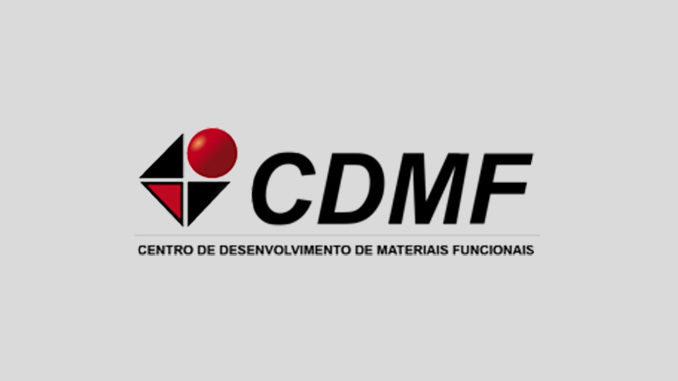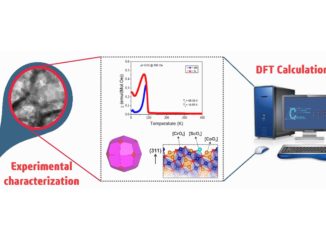
Stability of rolled-up GaAs nanotubes
Abstract: This work presents a theoretical study of gallium arsenide (GaAs) nanotubes obtained from the (100), (110) and (111) crystal planes of zincblende structure in order to evaluate the electronic properties. The DFT/B3LYP/6-31G method was used to predict structures and stabilities. It was found that nanotubes from the (110) crystal plane tended to be the most stable. The results for average diameter and bond length obtained for optimized nanotube geometries show that nanotubes constructed from the (100) plane have a hyperbolic format, while (110) or (111) nanotubes have a conical format. This difference in relation to geometry introduces regions with different charge concentrations along the tube. From the calculated values for the gap it follows that increasing the number of atoms per layer causes a displacement of the frontier orbitals with a reduction in the gap, yielding characteristics of a semiconductor material.
Authors(s): Silva, JCF (Silva, Junio C. F.); dos Santos, JD (dos Santos, Jose D.); Taft, CA (Taft, Carlton A.); Martins, JBL (Martins, Joao B. L.); Longo, E (Longo, Elson)
JOURNAL OF MOLECULAR MODELING
Volume: 23 | Ed: 7 | Number of article: 204 | Published: JUL 2017
PDF:
DOI: 10.1007/s00894-017-3371-3




